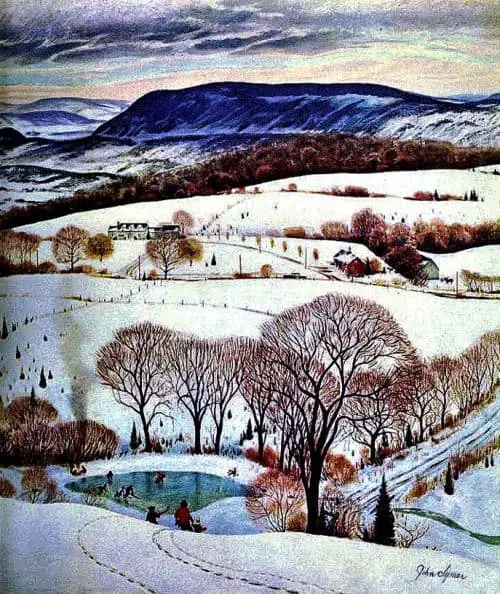Danes are scratching their heads about why an everyday word they’ve been using privately for generations is suddenly taking the English-speaking world by storm. See for example articles such as 11 Ways To Make Your Life More Hygge.
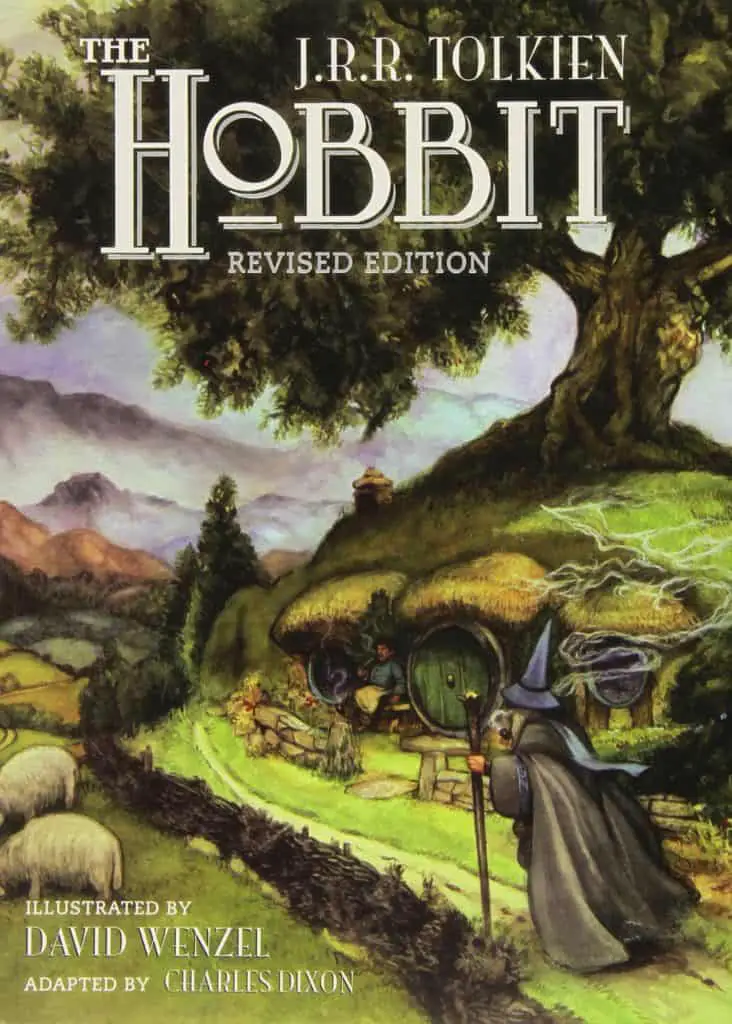
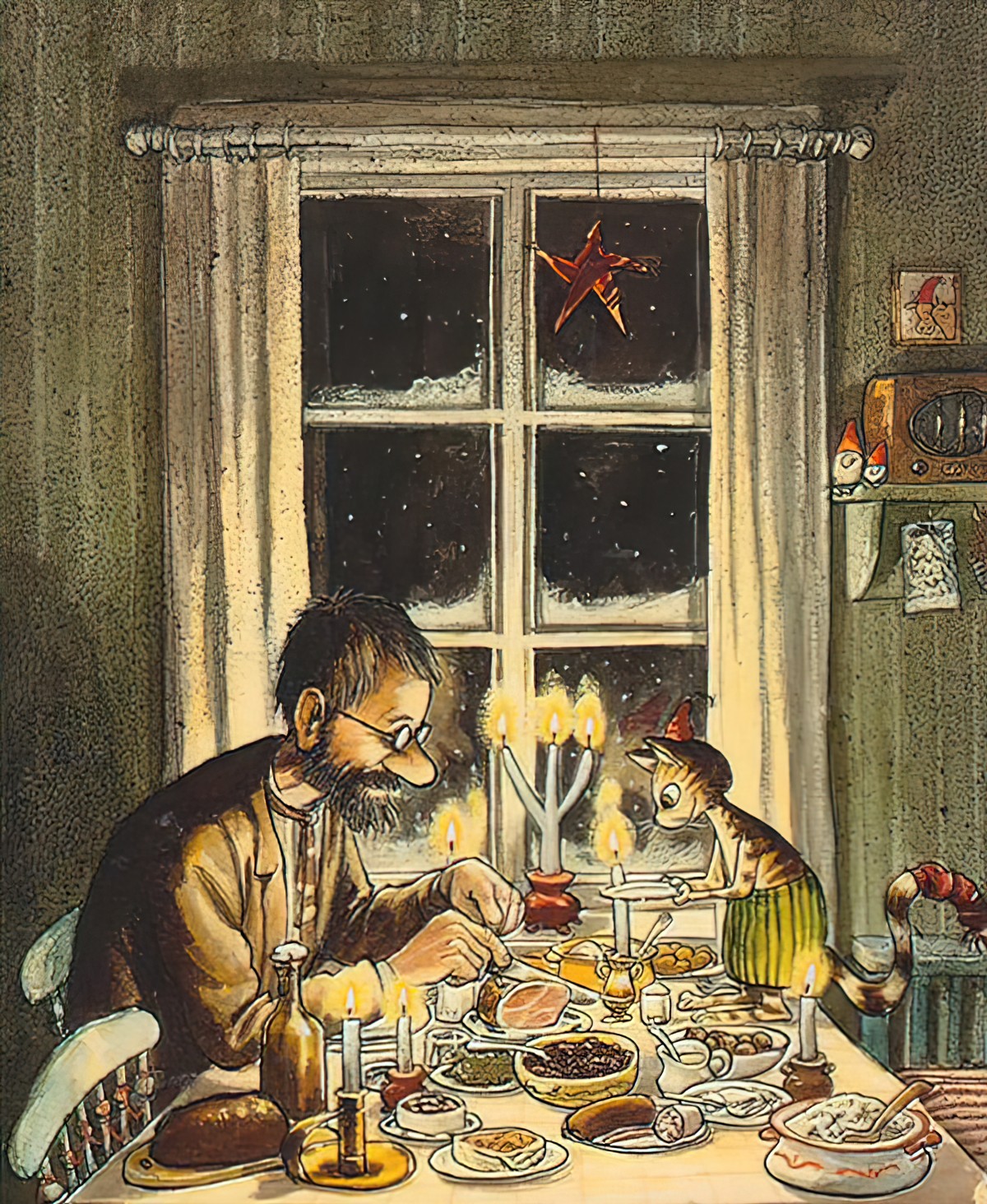
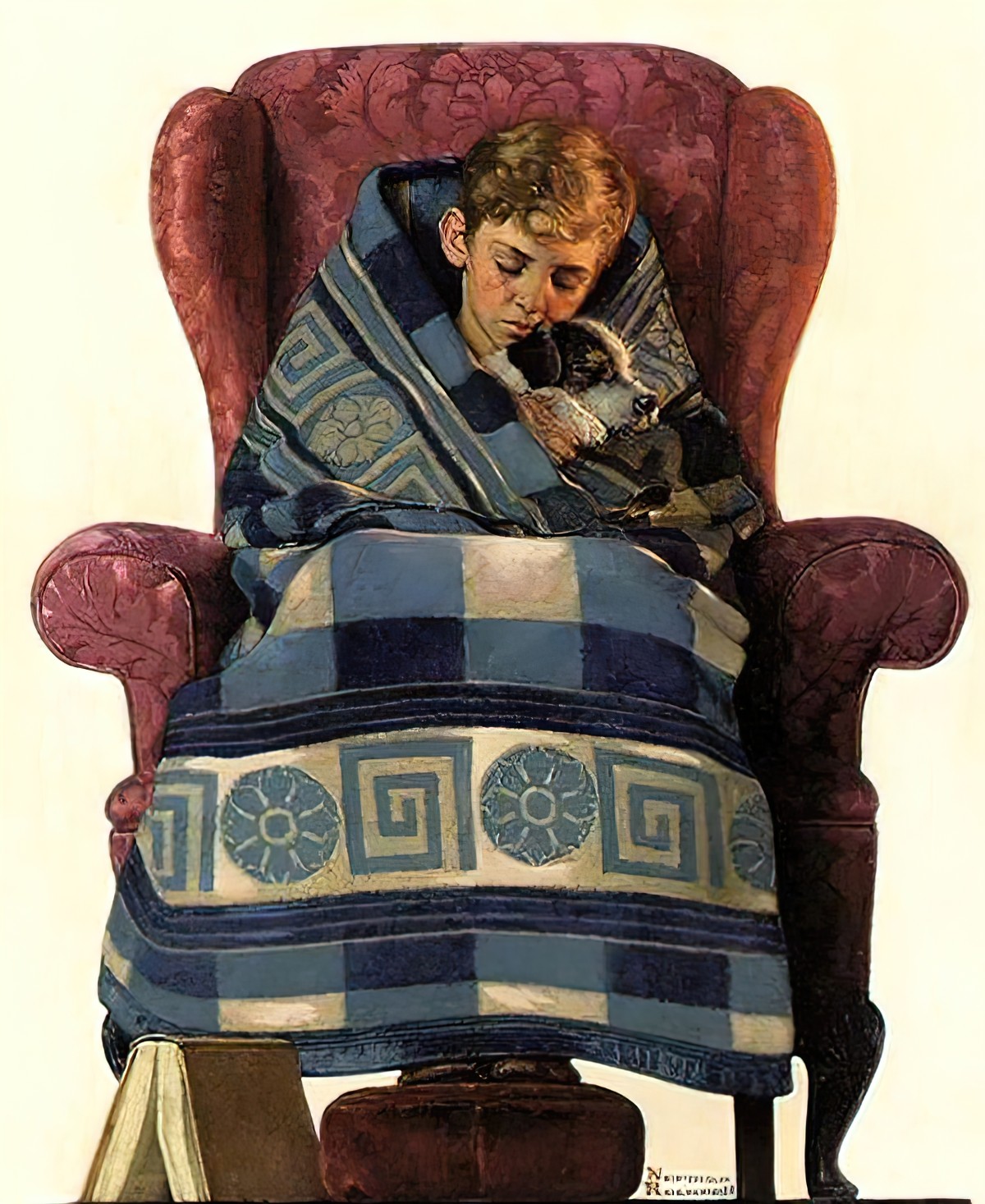
Hygge is pronounced more like hoo-ga.
‘Hygge’ is not just a word — it is part of Scandinavian culture. From Wikipedia:
Hygge, meaning ‘snug’; is a concept that evokes “coziness”, particularly when relaxing with good friends or loved ones and while enjoying good food. Christmas time, when loved ones sit close together on a cold rainy night, is a true moment of hygge, as is grilling a pølse (Danish sausage) and drinking a beer on a long summer evening.[4][dubious – discuss] It is suspected the concept of Hygge is part of the reason Danes and other Scandinavians score high on happiness.
A similar concept exists in German.
Gemütlichkeit describes a space or state of warmth, friendliness, and good cheer. Other qualities include coziness, peace of mind, belonging, well being, and social acceptance.
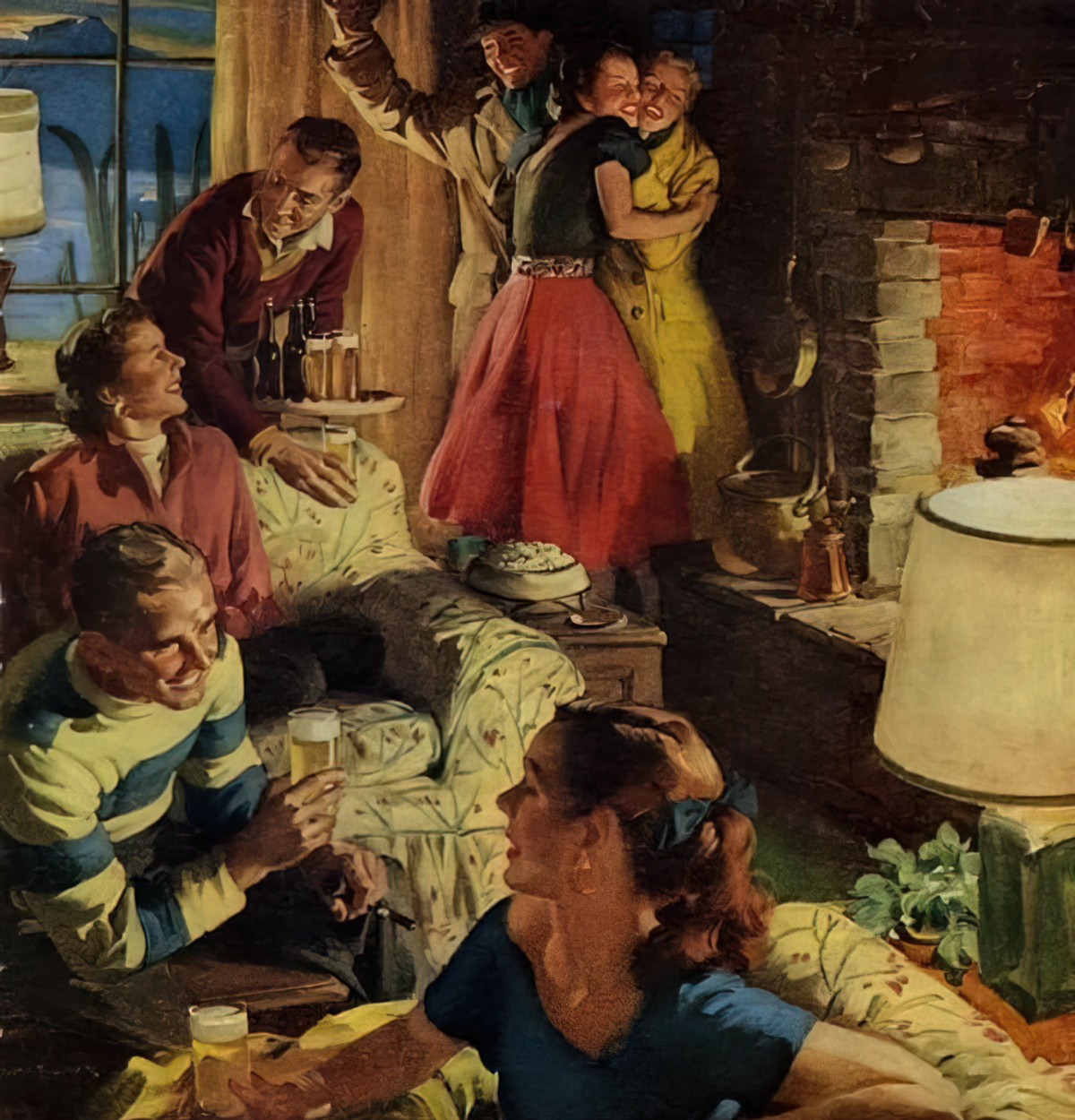
These concepts don’t exactly match the closest English has, which is something like ‘cosy’:
“Hygge” as noun includes a feeling, a social atmosphere, and an action. The word is also used in compositions as “Julehygge” (Christmas-hygge). “Hygge” is also a verb eg. “Lets hygge” and as an adjective eg. “A small, hyggeligt house with grass on the roof”.
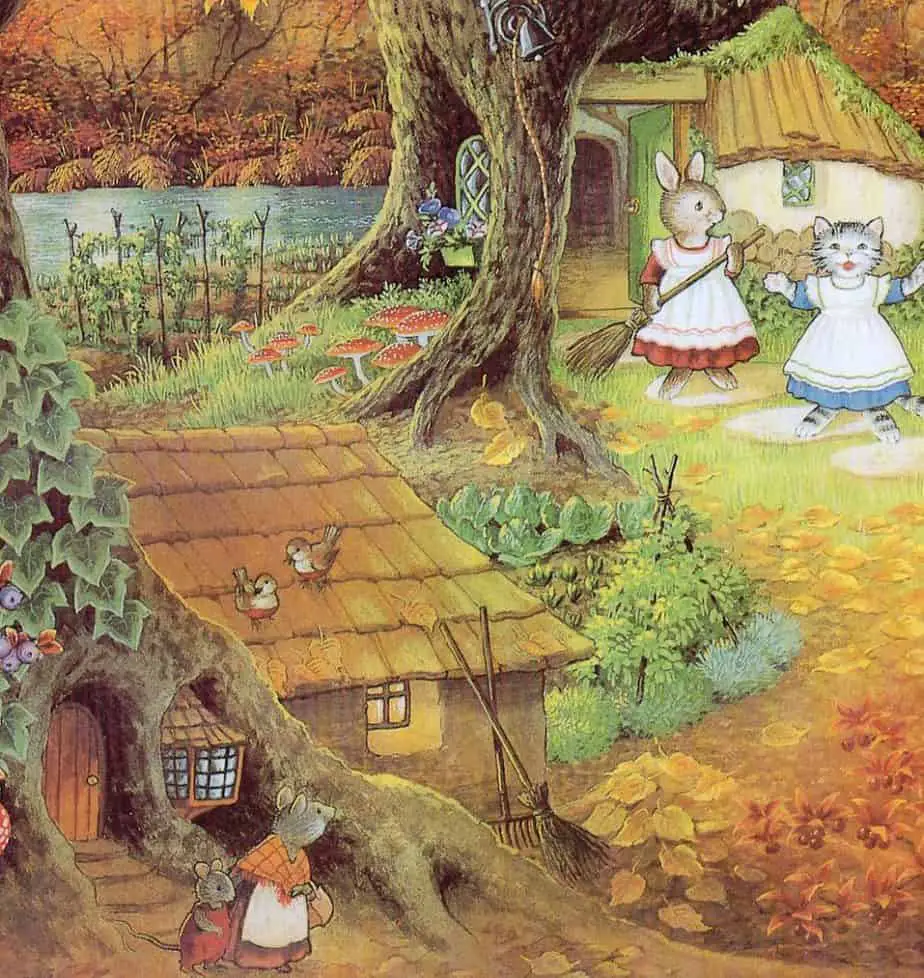
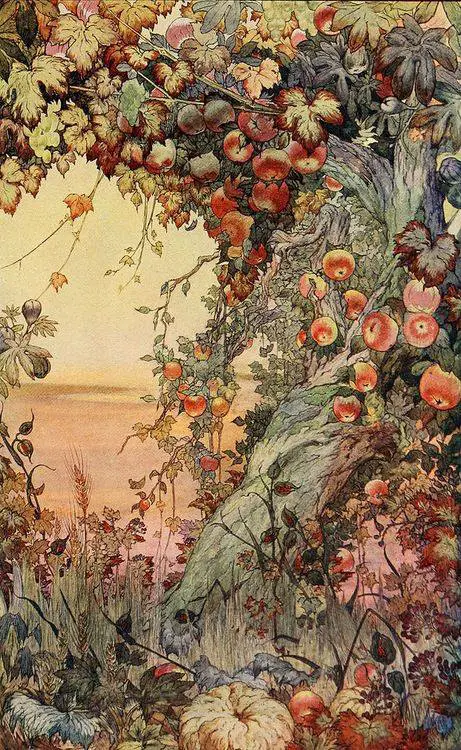
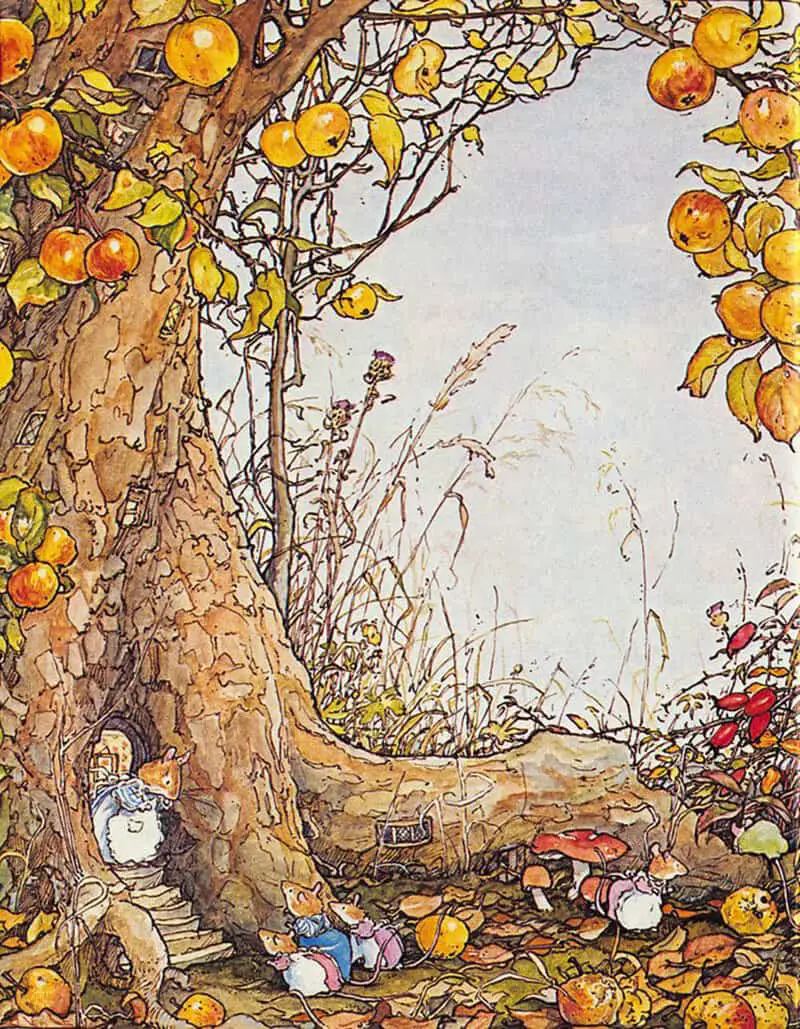
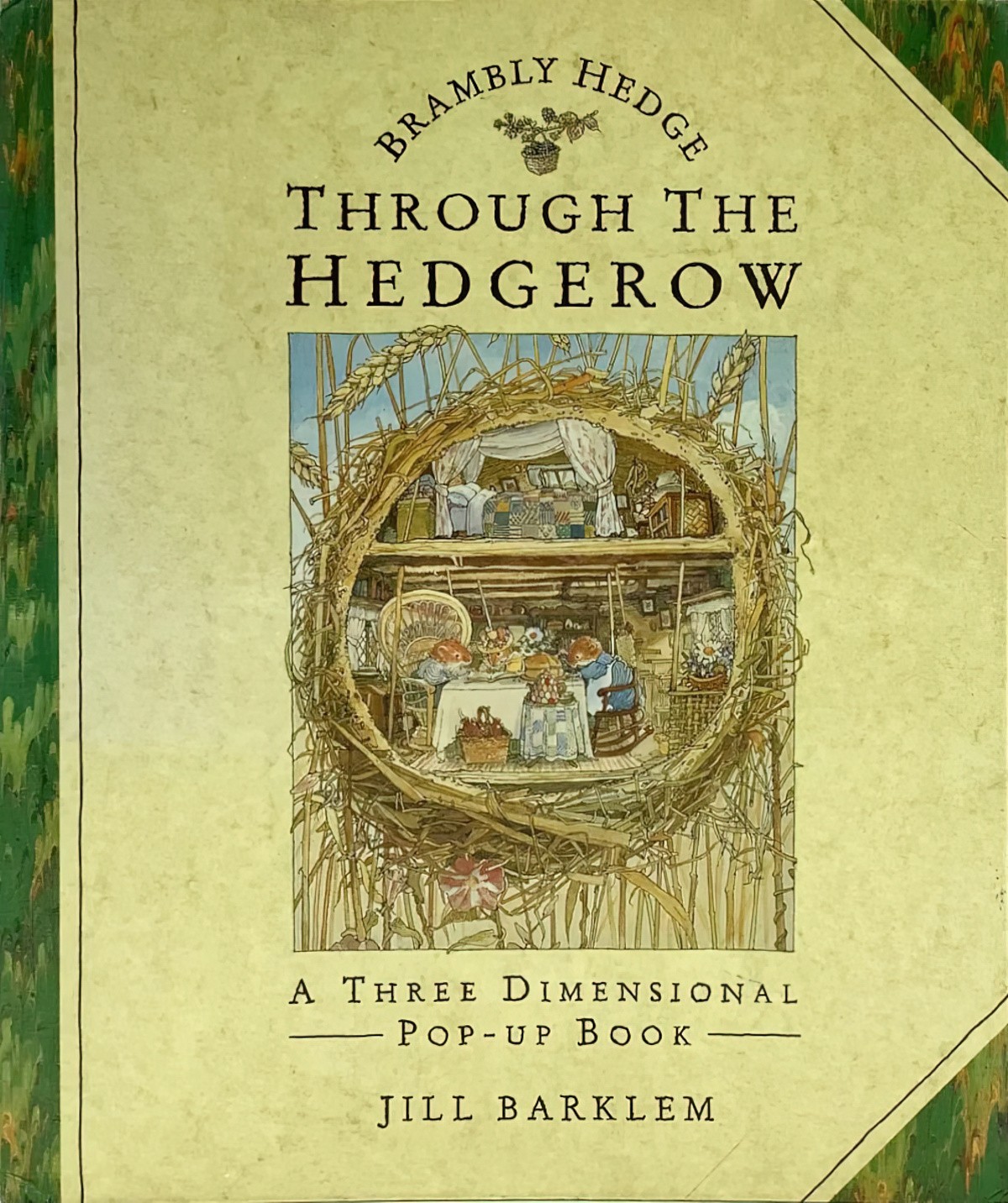
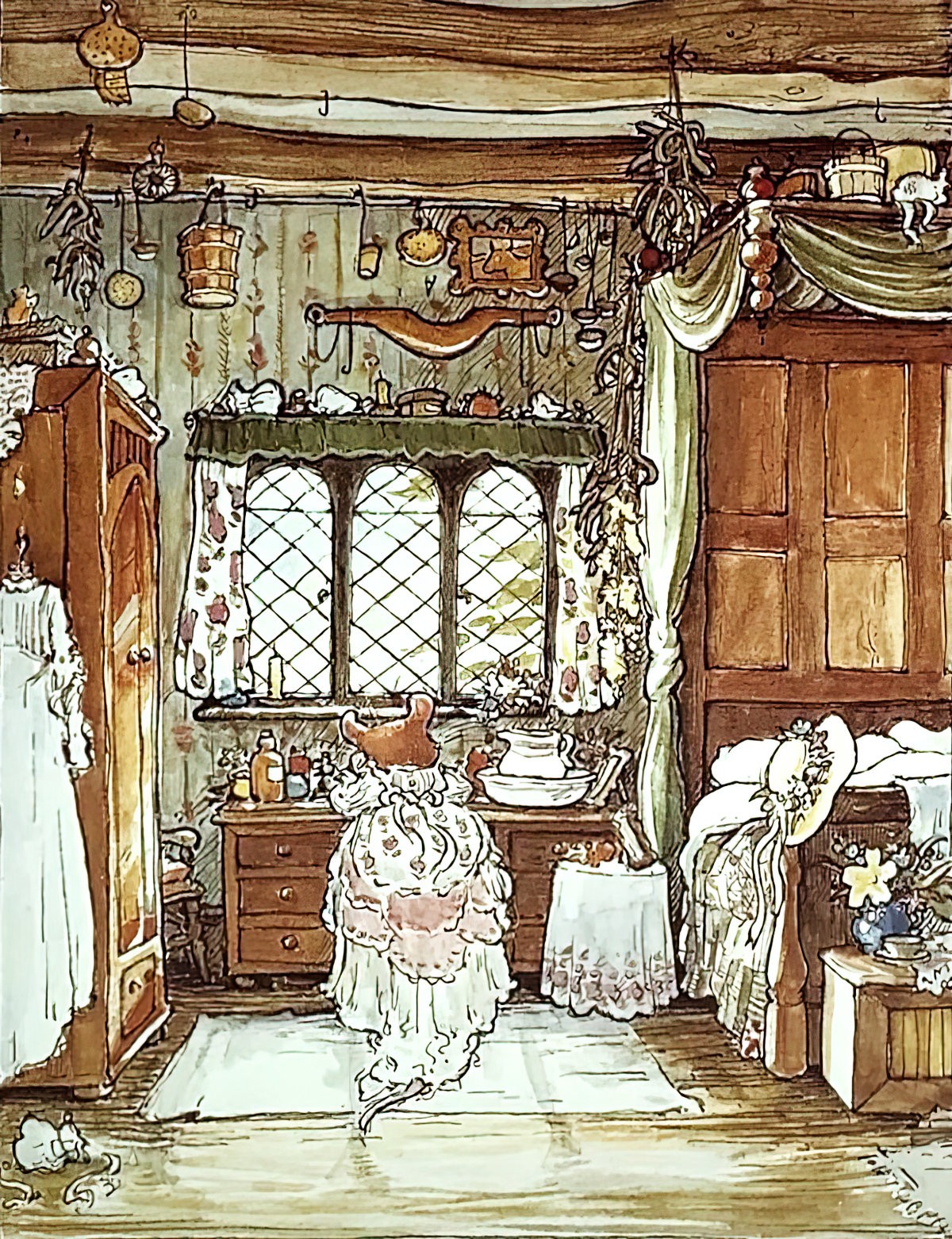
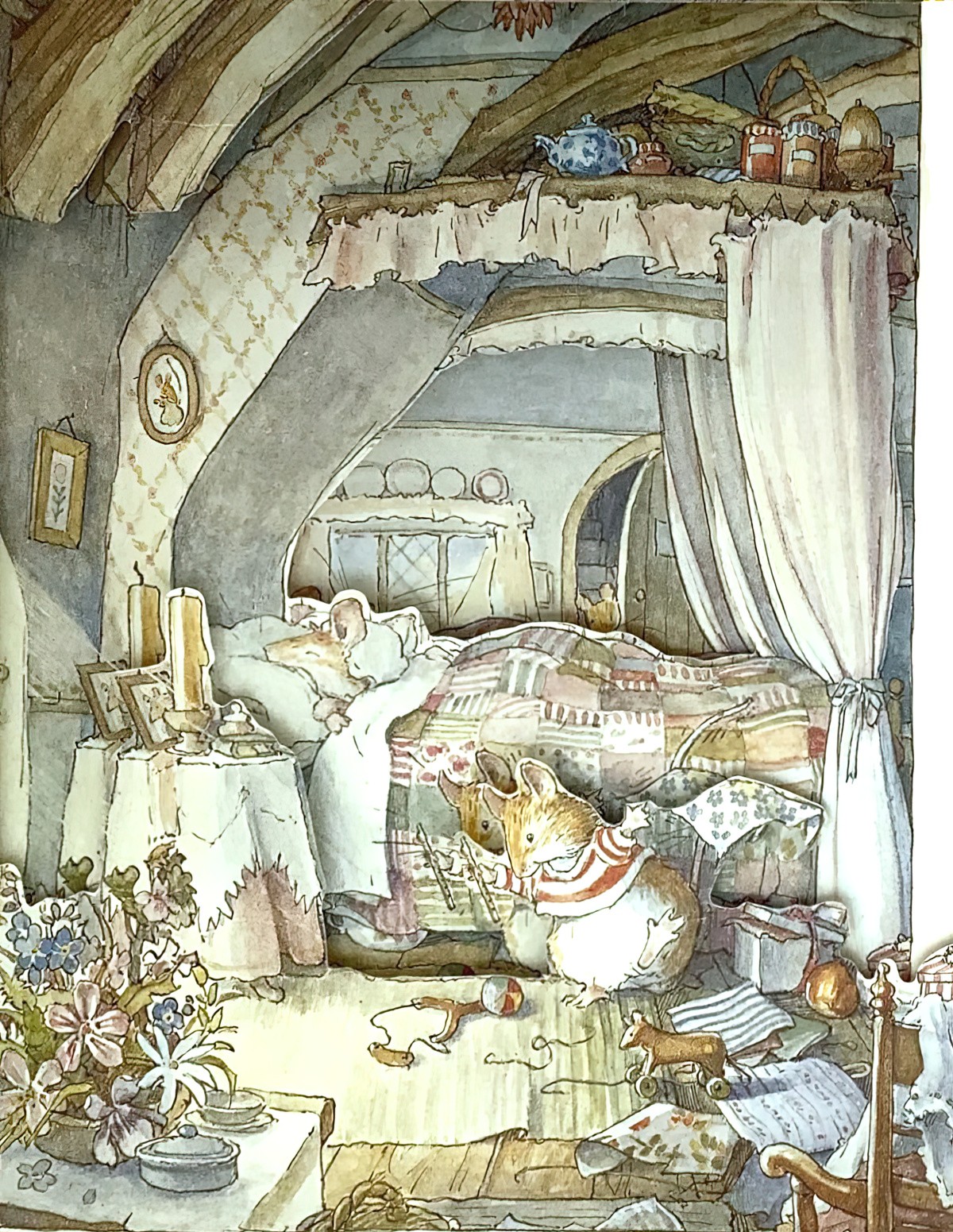
The noun “Hygge” includes something nice, cozy, safe and known, but it should not be confused with the English, Dutch, German or Polish synonym. That word is more a physical state, instead the Danish and the Norwegian word focus on a psychological state.“Hygge” is a state where all psychological needs are in balance.
The antonym of hygge is uhyggelig, which translates as “scary”.
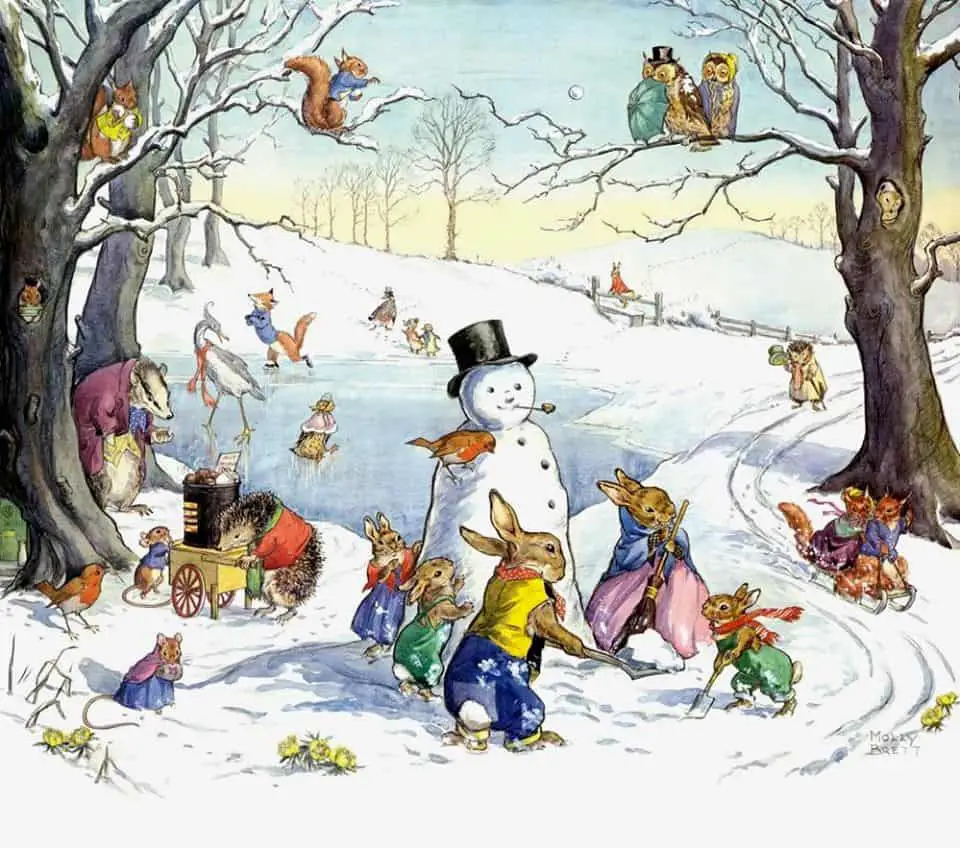
Hygge Picturebooks
Various conventions contribute to the hygge of picturebooks and chapter books for young readers:
- The circular shape of the plot (home-away-home)
- The utopian setting
- The switch from iterative to singulative time (Every day Mary would come home from school at 3:30 but on this particular day...)
- The convention of the carnivalesque, which allows complete freedom and mischief with a return to normality
Jerry Griswold has his own word to describe this feeling: ‘snugness’:
I am engaged in a book-length study of pleasures particular to childhood. To explain what I mean, I often point to the joy children get from playing under tables or behind couches or in tents made of chairs and blankets. I know few adults who enjoy playing under tables.
That particular example has led me to explore, among others, the topic or poetics of snugness in Children’s Literature. I should also add that my studies began shortly after September 11 when I was haunted by stories my daughter, a schoolteacher, told about her first graders’ drawings after that event: What those pictures seem to indicate was a deep concern with vulnerability. So, in an essay (“Reading Differently After September 11”) for an Irish journal, I explored “vulnerability” as an opposite of snugness or coziness.
Jerry Griswold, Snugness in The Secret Garden
Hygge is more apparent in picture books aimed at girl readers. This is no doubt because hygge is associated with home, and certainly throughout the 20th century, girls in stories stayed home.
Illustrators can evoke hygge with:
- Yellow, diffuse light coming from lamps and candles
- Storybook farms
- Cottages, log cabins, decor reminiscent of pioneer times
- Well-stocked kitchens (which are metonyms for familial happiness)
- Houses in rural/semi-rural areas near bodies of water and good trees for climbing (see the work of philosopher Denis Dutton for more on that)
- Permanently sunny and temperate weather
- Moons which light up the night as effectively as suns light up the day
- Beds with lots of covers and plush pillows
- Grandfather clocks, cuckoo clocks, standalone wardrobes, children’s art on the walls, loaves of unsliced bread, homemade jam in pottery jars, dining room furniture made out of roughhewn wood, fabrics of paisley and gingham, kitchen appliances at least 20 years behind the modern era, shag pile rugs, open fires with yellow flames, bedheads with metal bars on them
- Aprons, reading glasses, slippers, suspenders on trousers
- Parents with big bellies and stout constitutions
- Hedgehogs (in English stories), owls (at night), cats, docile old dogs, robins, sparrows, ‘good insects’ like grasshoppers and ladybugs and ants (not Huntsman spiders)
- An emphasis on storeys and attics, and away from basements.
Hygge Toys
Sylvanian Families are Japanese design (though made in China these days). They were created by a company called Epoch in 1985.
The Japanese are also very good at hygge. (And also very good at horror, a discussion for another day!)
居心地
Pronounced igokochi, the characters transliterate to ‘where the heart is’. (It translates into English as ‘cosiness’. In Japanese you can then say ‘the cosiness is good’ to get ‘cosy’.)
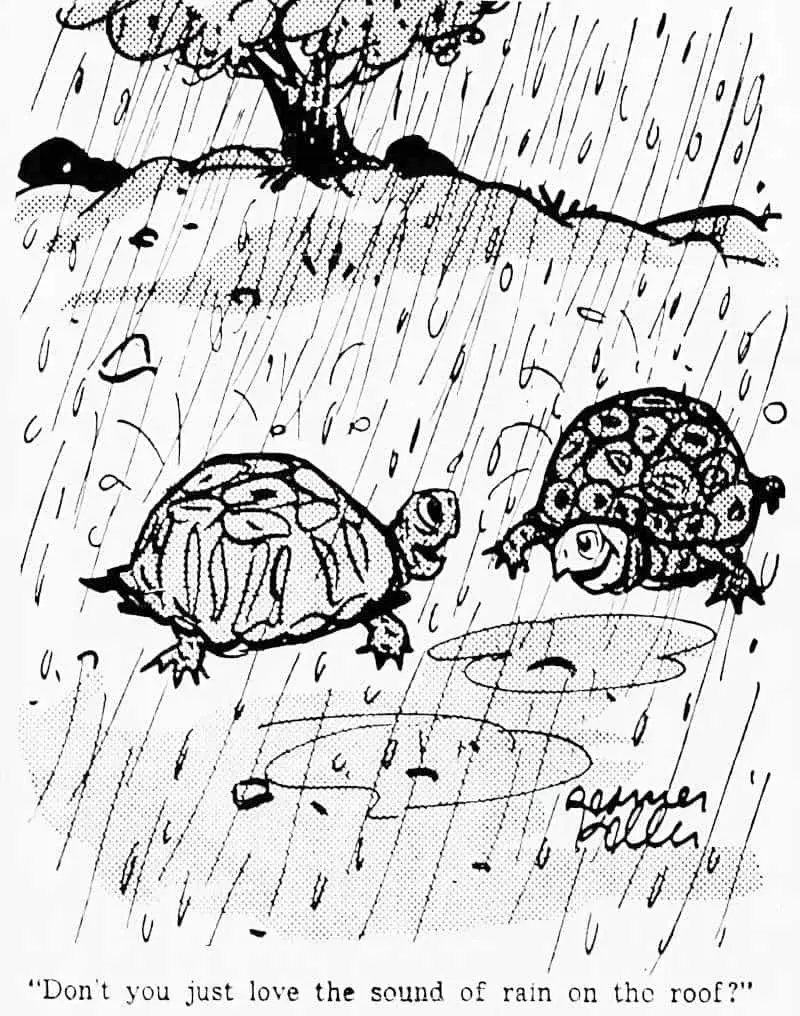
The Problematic Flipside of Hygge Children’s Literature
There is definitely a place/need for hygge in children’s books. Picturebooks are most likely to be read to children just as they fall asleep, and there is a strong preference among consumers — particularly American consumers — to buy hygge books rather than scary ones. (Interestingly, this isn’t a trend shared by the Scandinavians, who have a higher tolerance for scary stories — possibly because their children’s lives themselves are quite hygge.)
- In children’s books, a hygge home almost always glorifies the nuclear family in which the father goes out to work and the mother — probably wearing an apron — stays home and keeps house. We are now living in a world where we should be careful of glorifying such a household.
- Keepers of hygge are much more likely to be female characters, underscoring the notion that girls and mothers are the natural caretakers and boys don’t have a role there except to enjoy the spoils of a clean house and home cooking.
Header painting: Illustration by John Clymer, 1958
